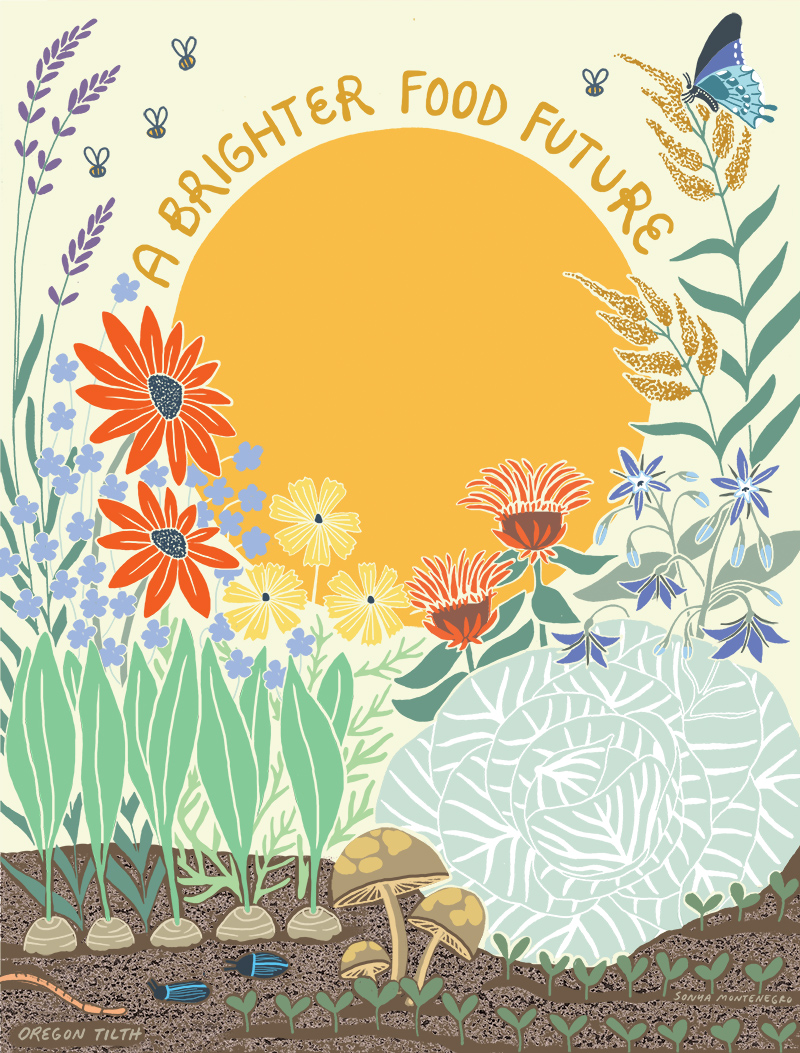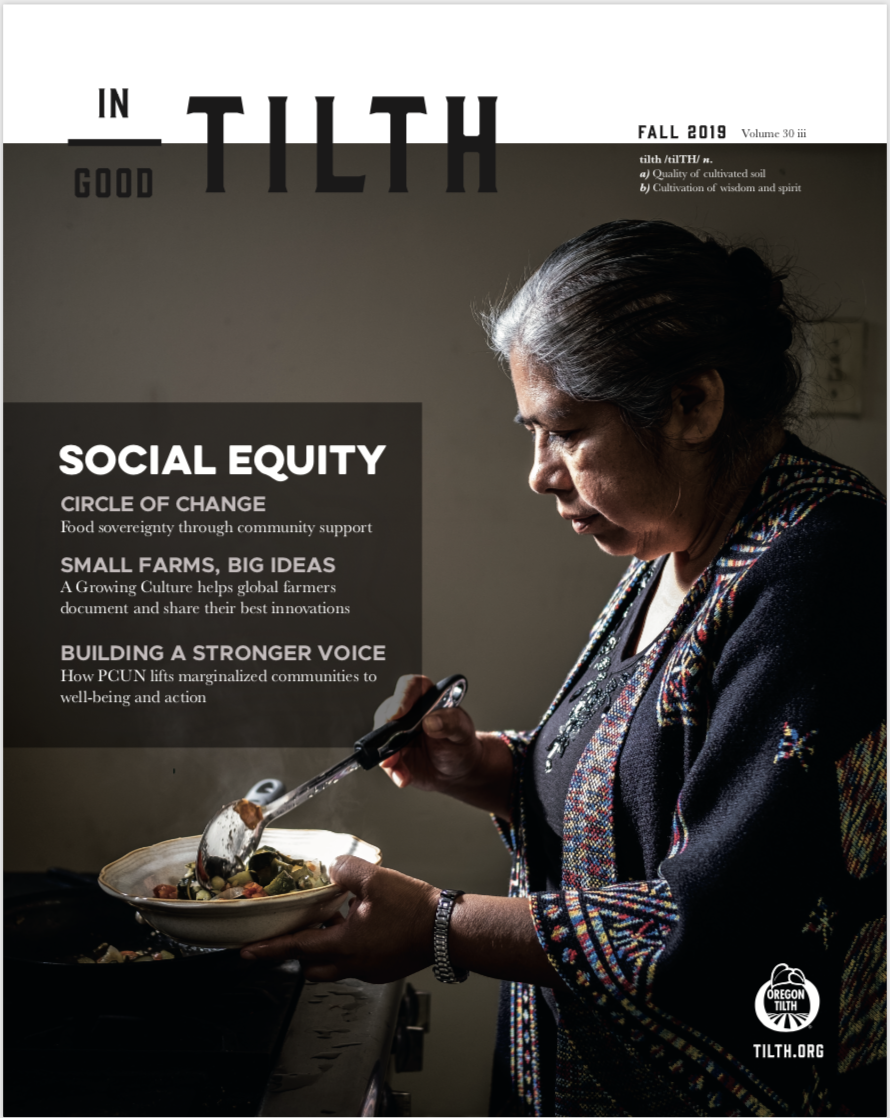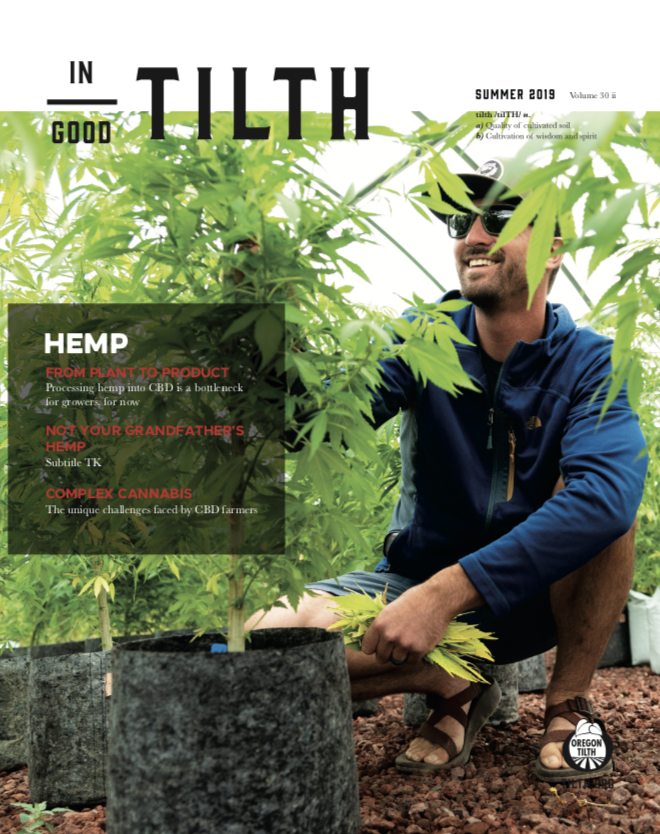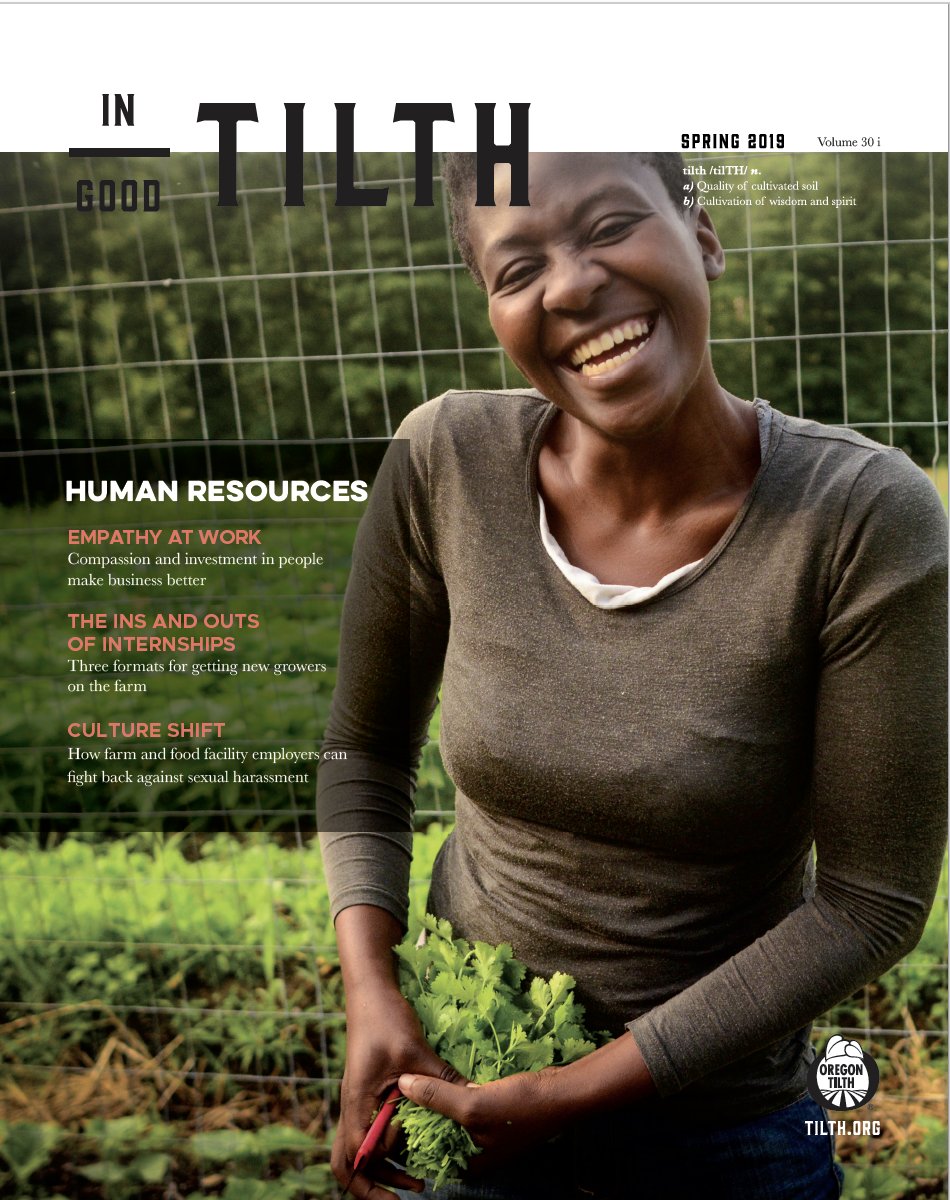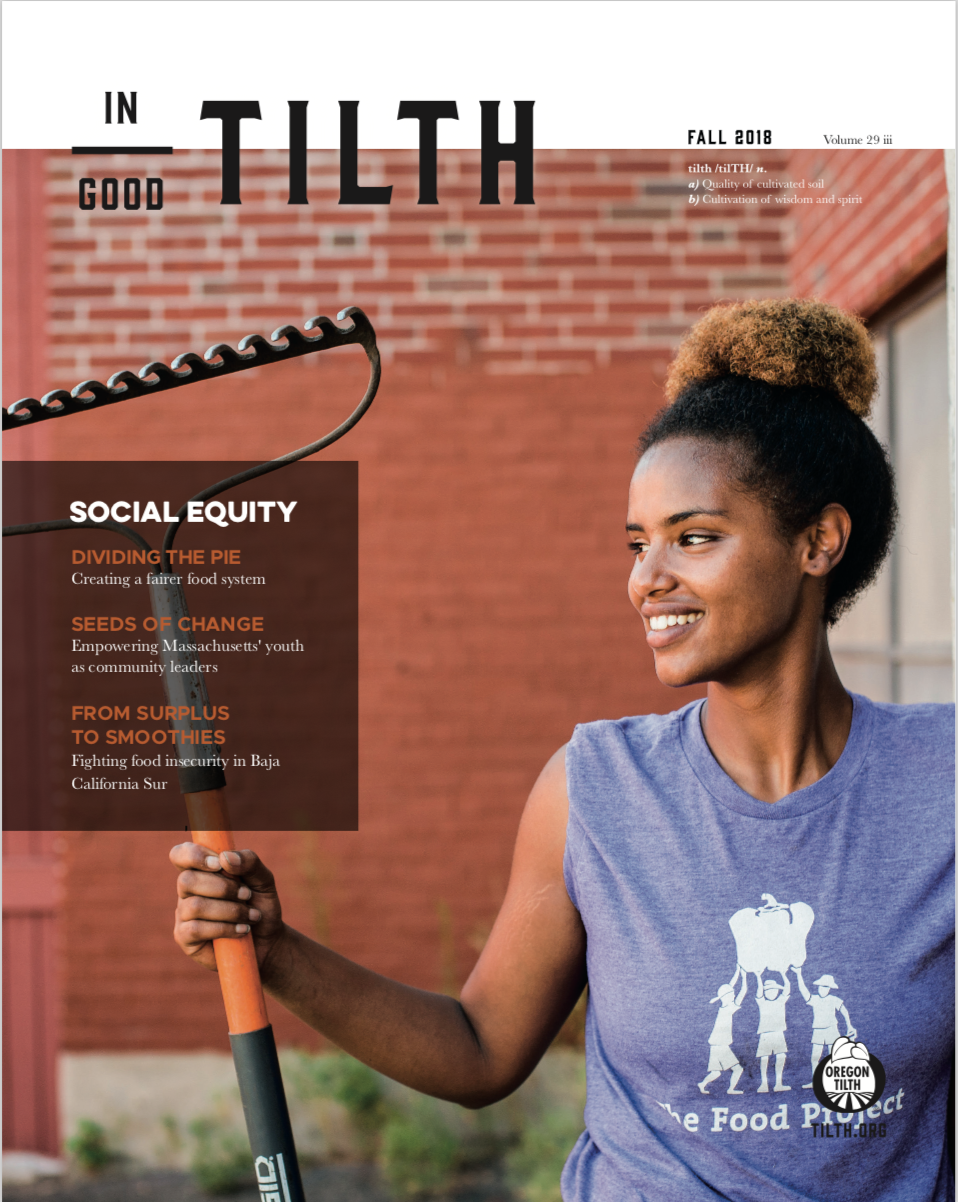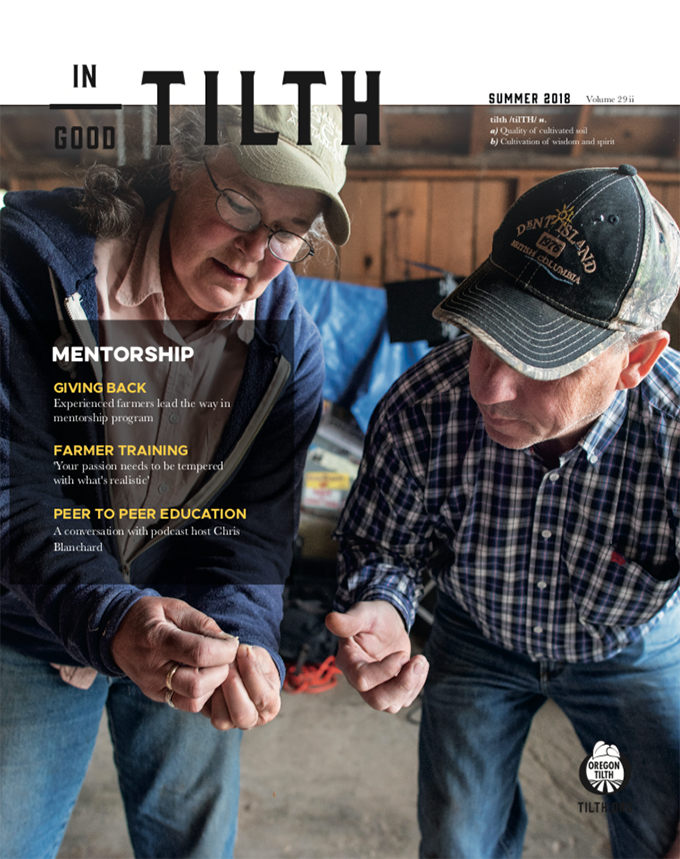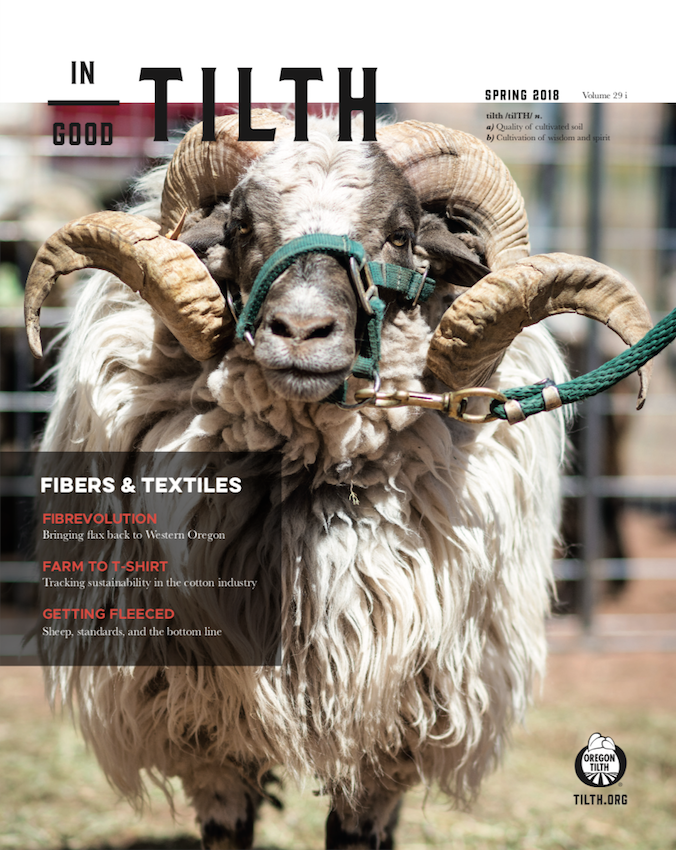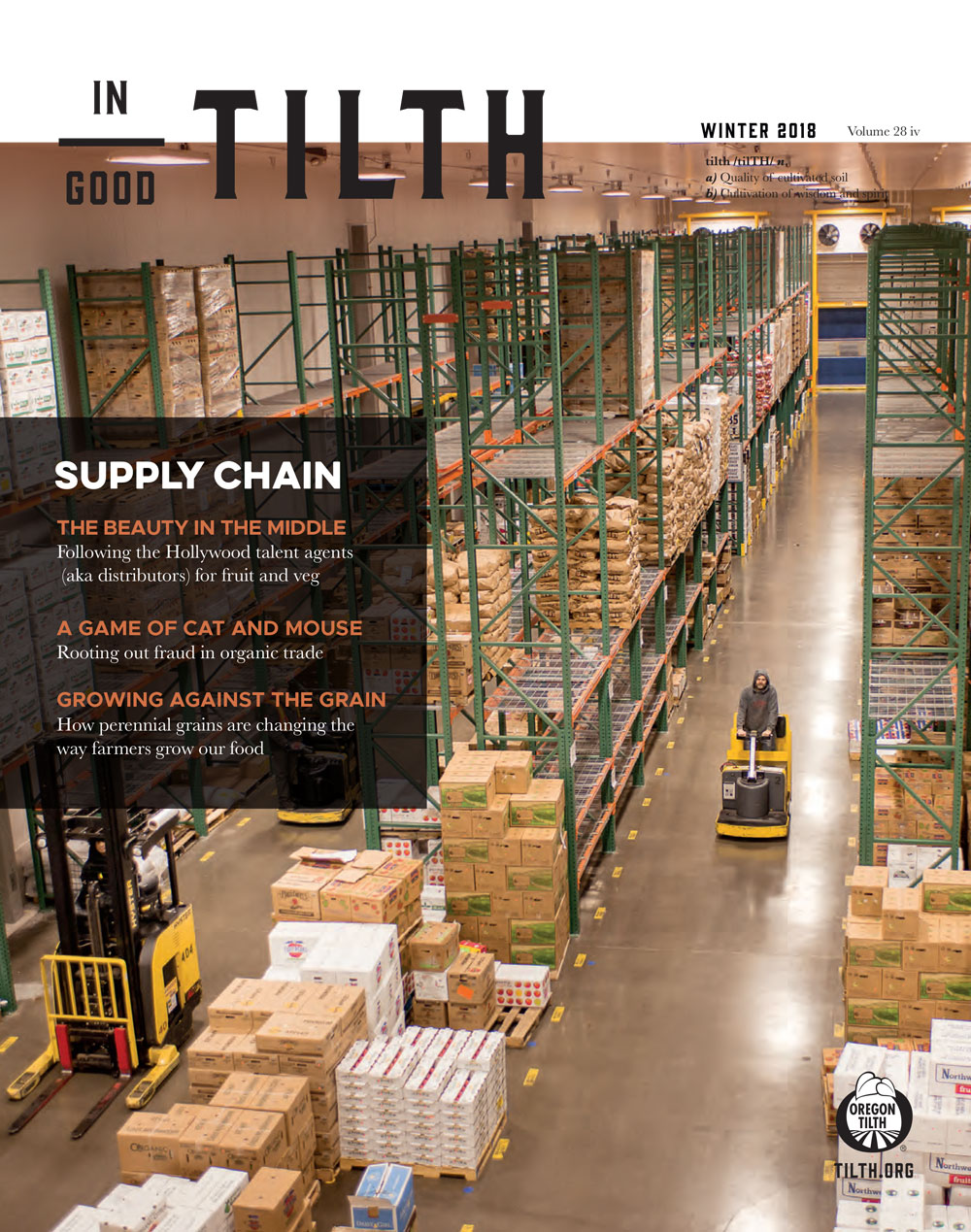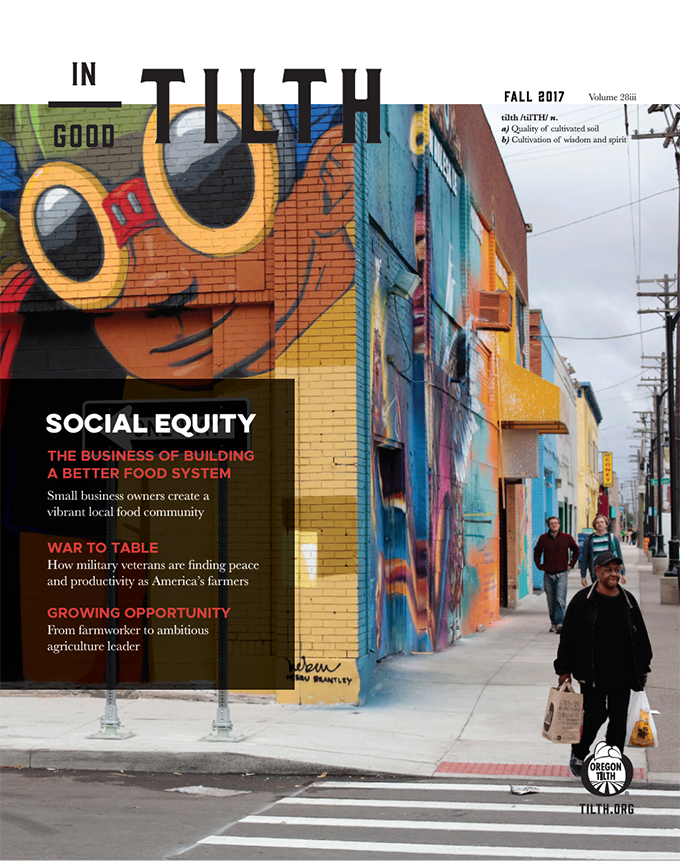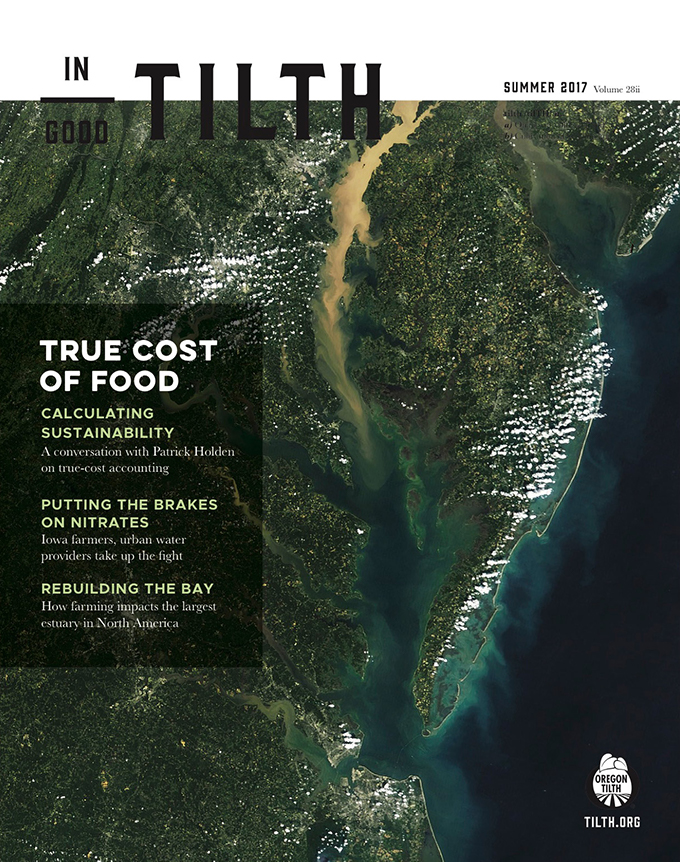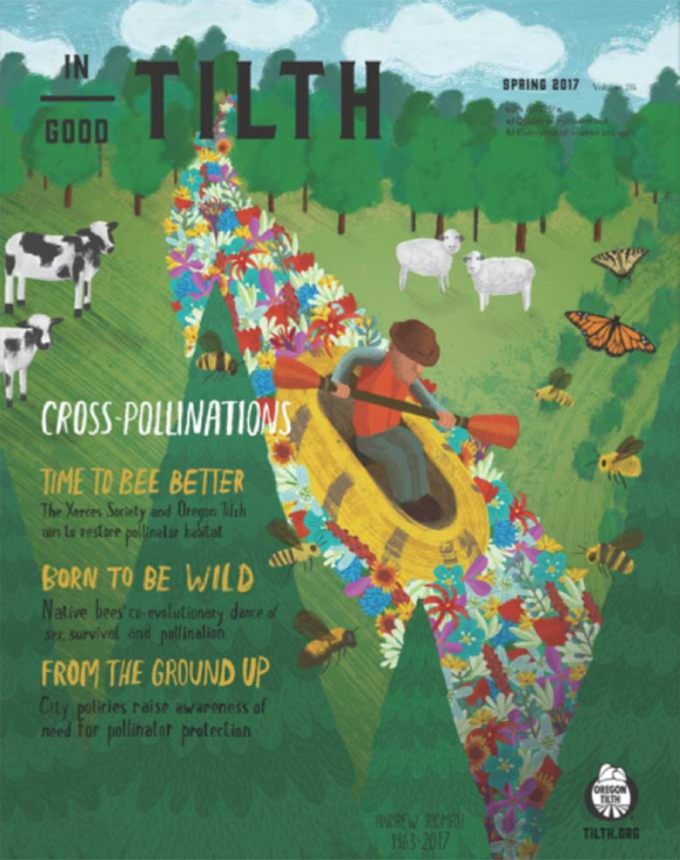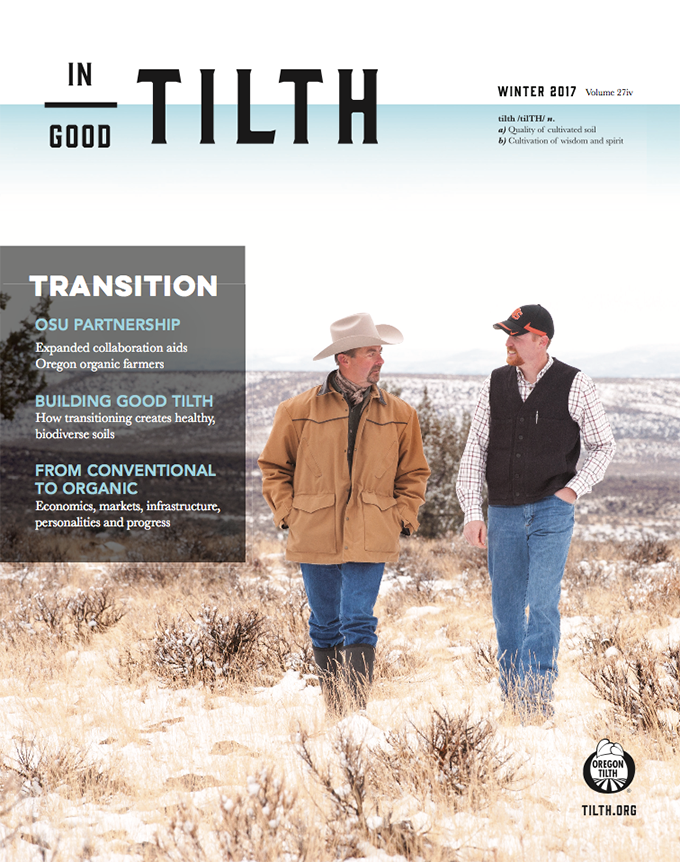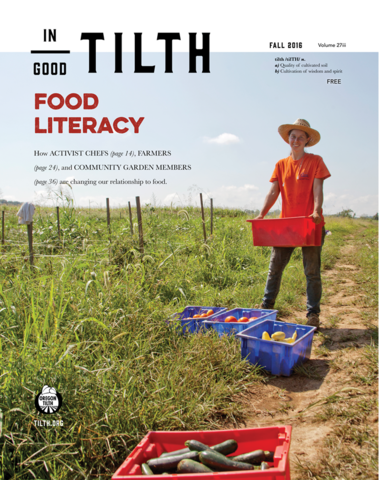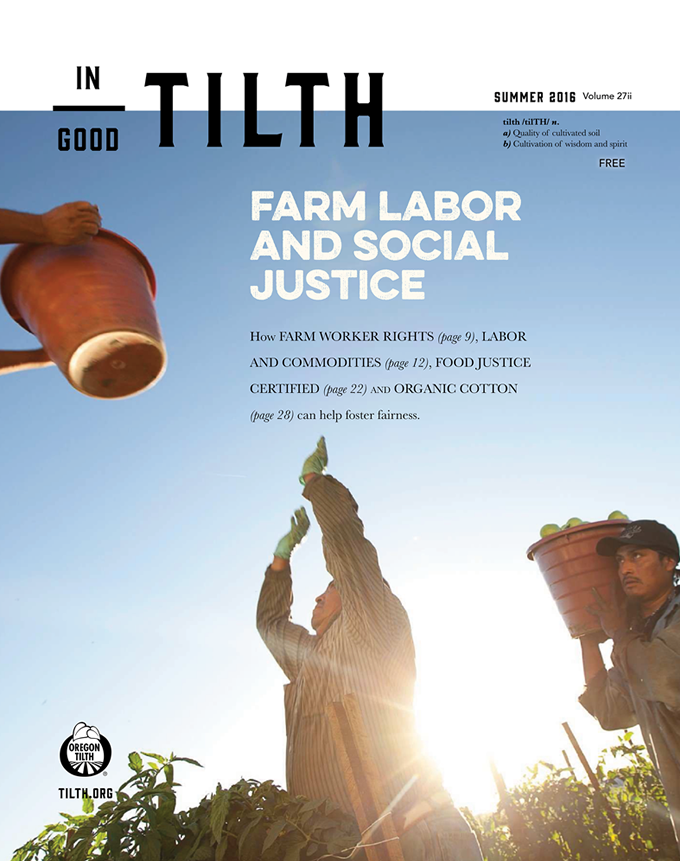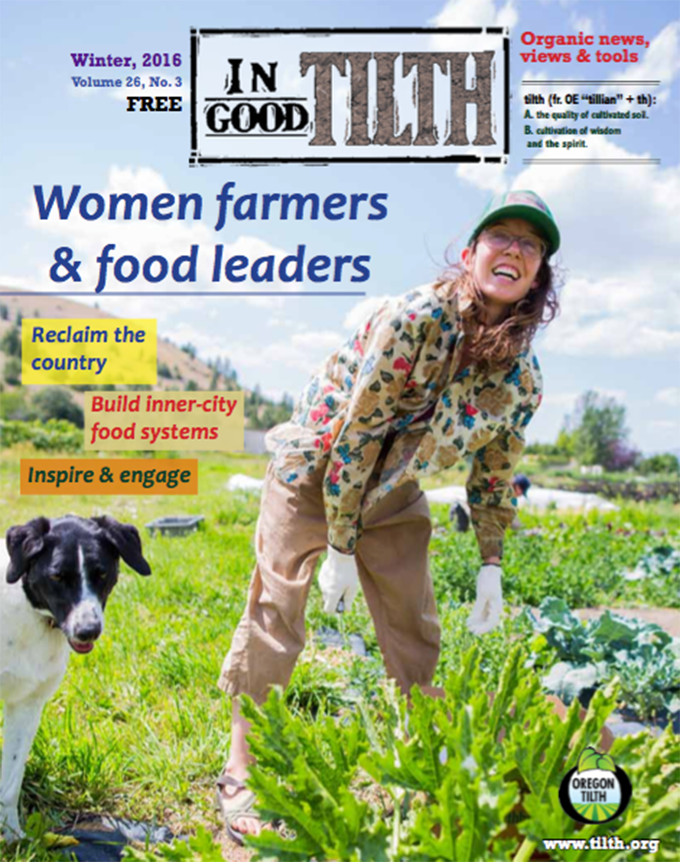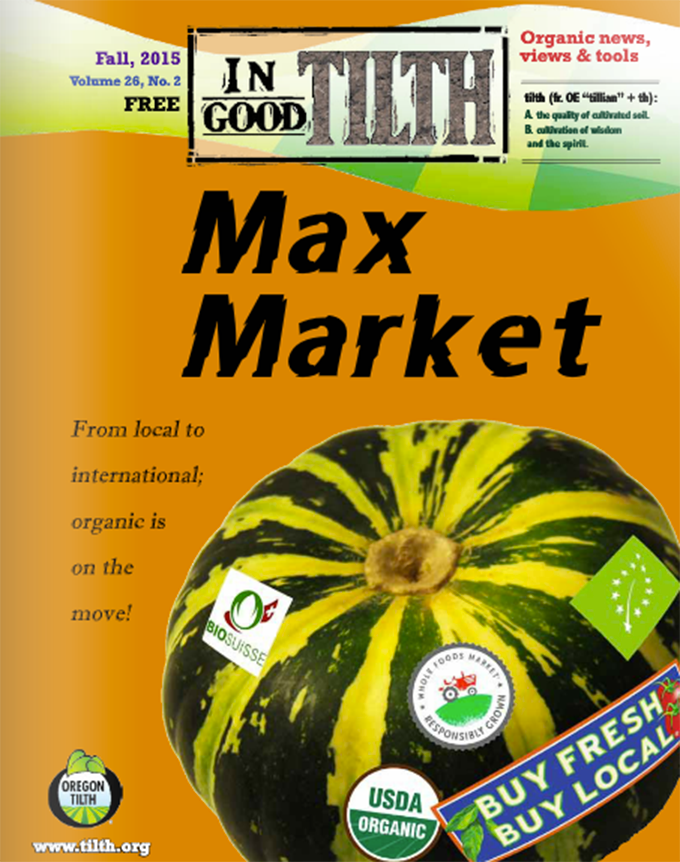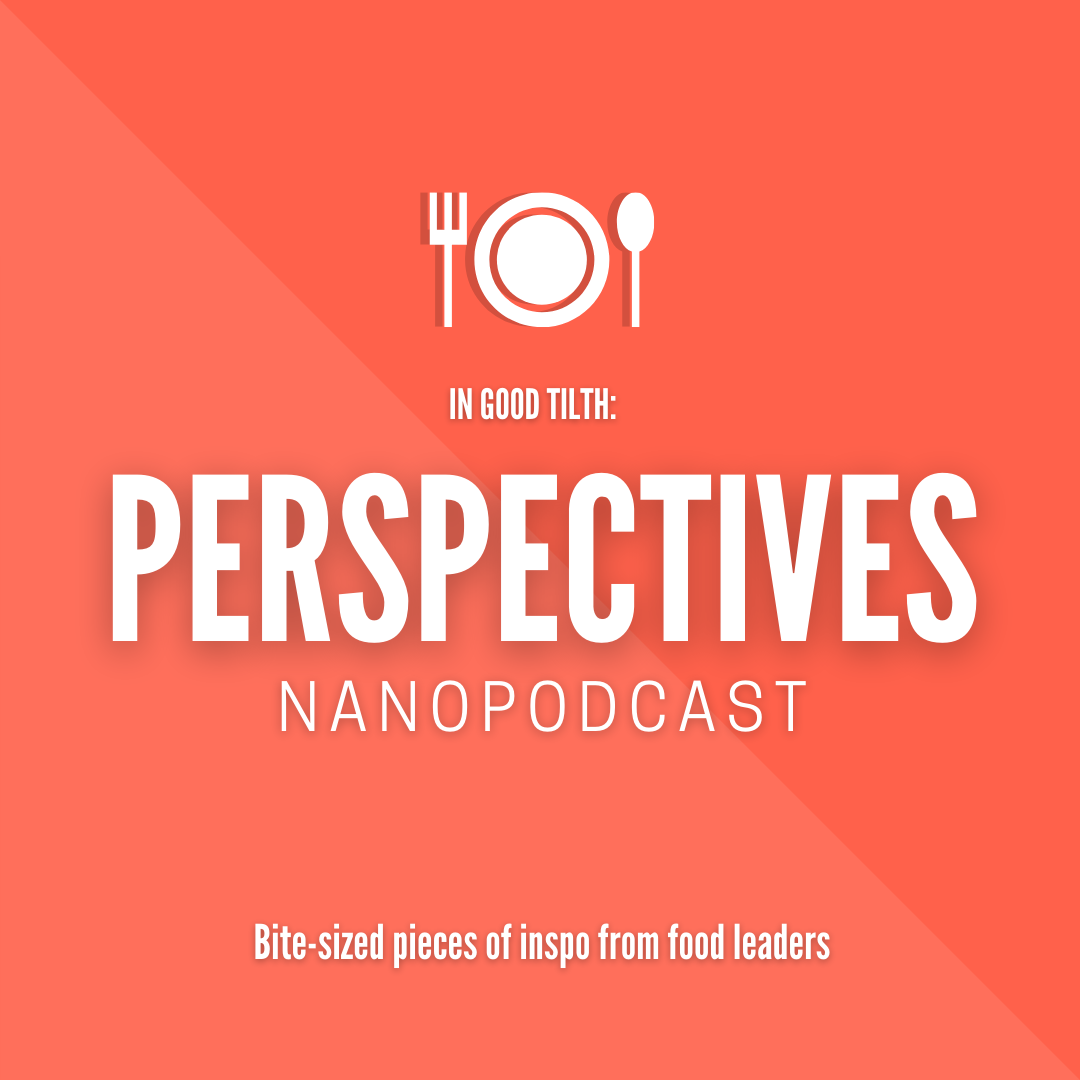Artemio Paz’s fingers flutter like butterflies, landing gracefully on his chin or desk for a moment before taking flight again. It is mesmerizing to follow this gestural ballet of hands with the soundtrack of excitement in his voice. Artemio, is an architect, educator and longtime organic blueberry farmer, who never misses a chance to accentuate an important thought or declare a bold idea with an emphatic breakout of hands to make sure you understand why everything from his farm to education matters so much to him.
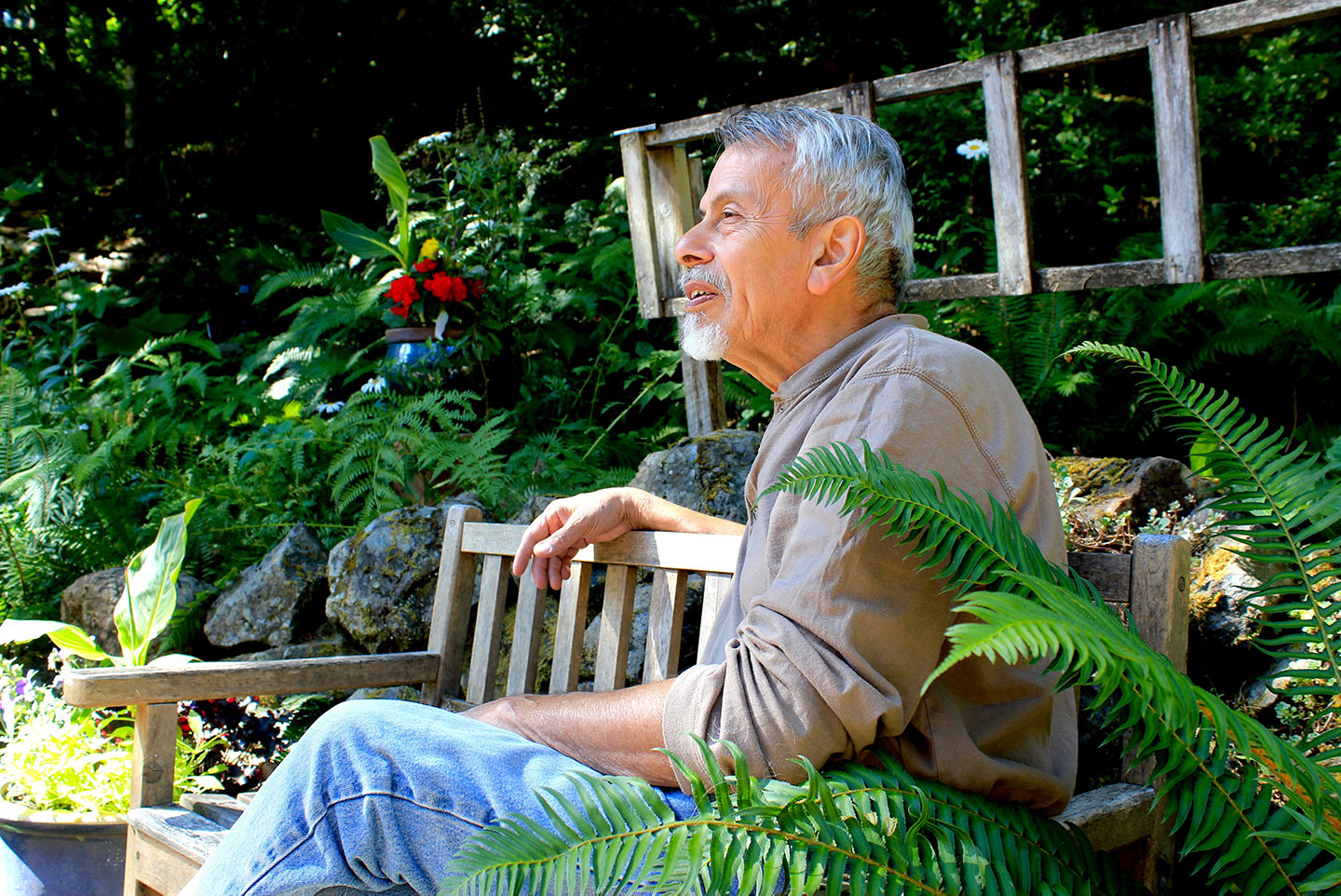
The story looks simple on paper.
Over five years ago, Weyerhauser Company — an international forest products organization — purchased a 34-acre parcel in Cedar Flat ridge a few miles east of Springfield, Oregon. The land was clear-cut for timber harvest. Often, post-harvest treatments of the land can include the use of synthetic herbicides as a means to deter invasives like blackberry or Scotch broom from overtaking a parcel of land that is vulnerable and in transition. Artemio was quick to rally neighbors and friends after a few interactions with Weyerhauser employees on site confirmed that his 40+ acres of Forest Stewardship Council-certified woodland and his one-acre certified organic blueberry farm would be critically impacted by their use of herbicides on an adjacent clear-cut hillside and nearby watershed.
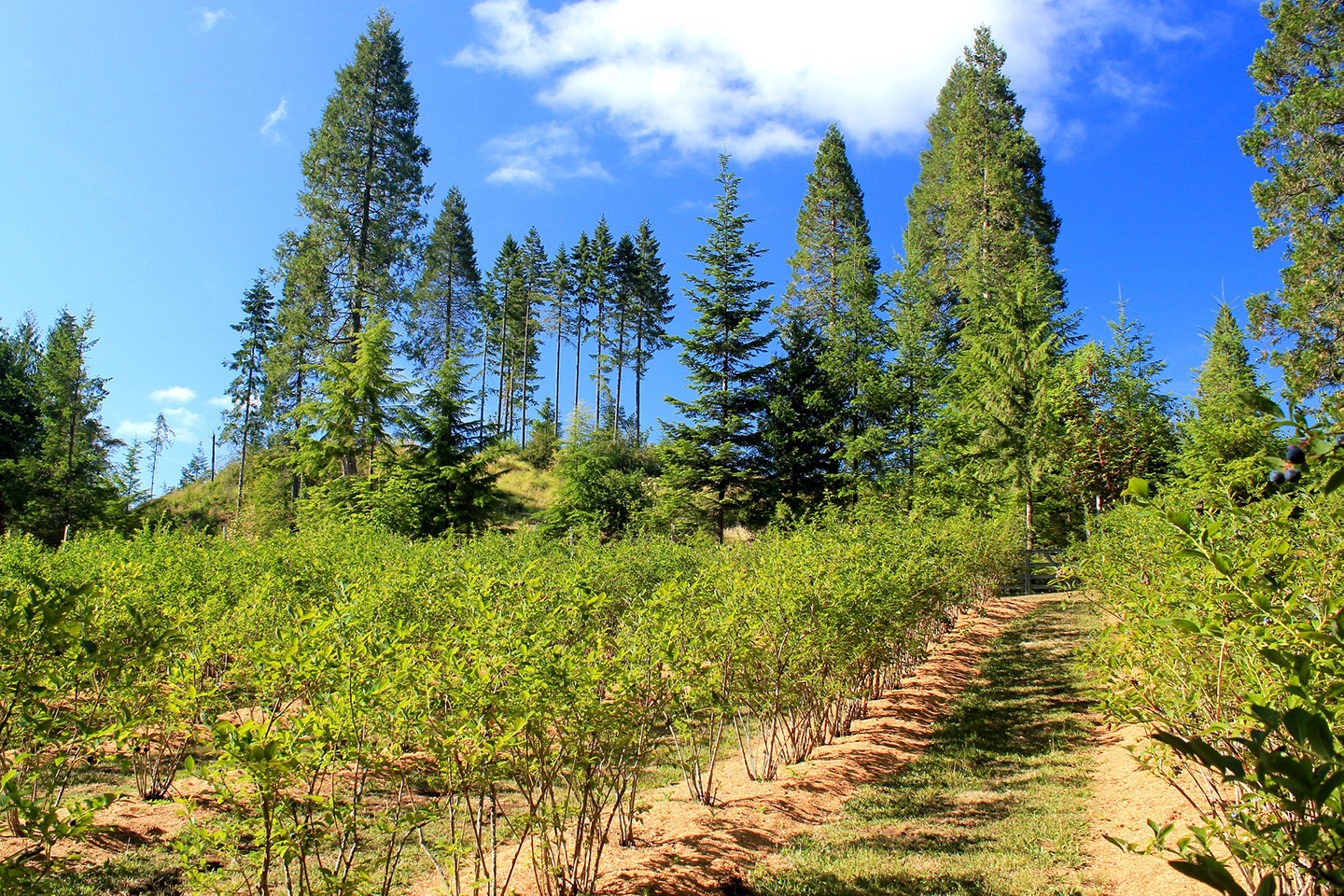
Pesticide drift is not a new problem for organic farms. Grinnell Heritage Farm — profiled as part of Oregon Tilth’s partnership with Natural Resources Conservation Service on soil health — lost over $74,000 due to insecticide drift from a neighboring corn farm in a highly published story in fall of 2014. Another story in Missouri on NPR affiliate KCUR Kansas City discusses the challenges and little recourse for organic farms facing loses due to drift. Generally, the organic farmer bears the burden of mitigating chemical (and genetic) intrusion, not those who benefit from their use. And while organic farmers use creative land planning to maintain buffer areas and wind barriers to protect certified crops, Artemio’s situation was rather unique due to its location (in the middle of a forest) and source of potential contamination (a major logging company). Plus, no buffer could block runoff down the hillside into his primary irrigation source, Cedar Creek.
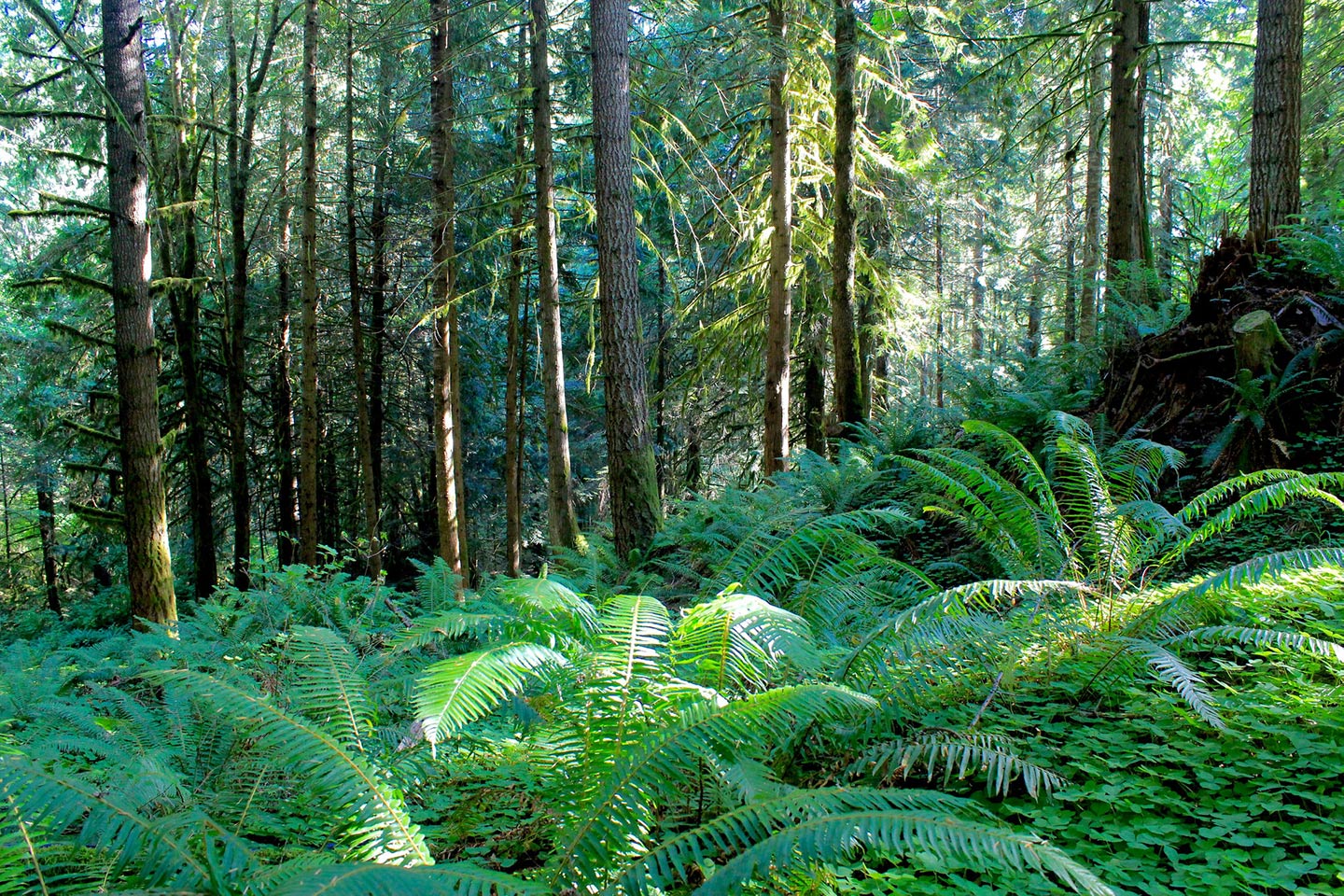
Ultimately the ending for the community of Cedar Flat and for Artemio was that of negotiated success. Using a collection of co-signed letters, data from a forensic agronomist and persistent if not persuasive outreach, Weyerhauser agreed to employ regional job training nonprofit Northwest Youth Corps to do weed management via manual labor in place of chemical controls.
But Artemio’s insistent his narrative is not just about a victory of one ideal over another; it is about the pursuit of ecological intelligence and biological alignment by respecting all types of knowledge, not just data on a chart.
As our conversation winds down and the blueberries dry off their morning dew in the sun, he references the work of brain scientist, Susan Greenfield, who proposes that we are in need of “crystallized intelligence.” Artemio believes that so many of our ecological problems stem from how we conventionally understand meaning and context.
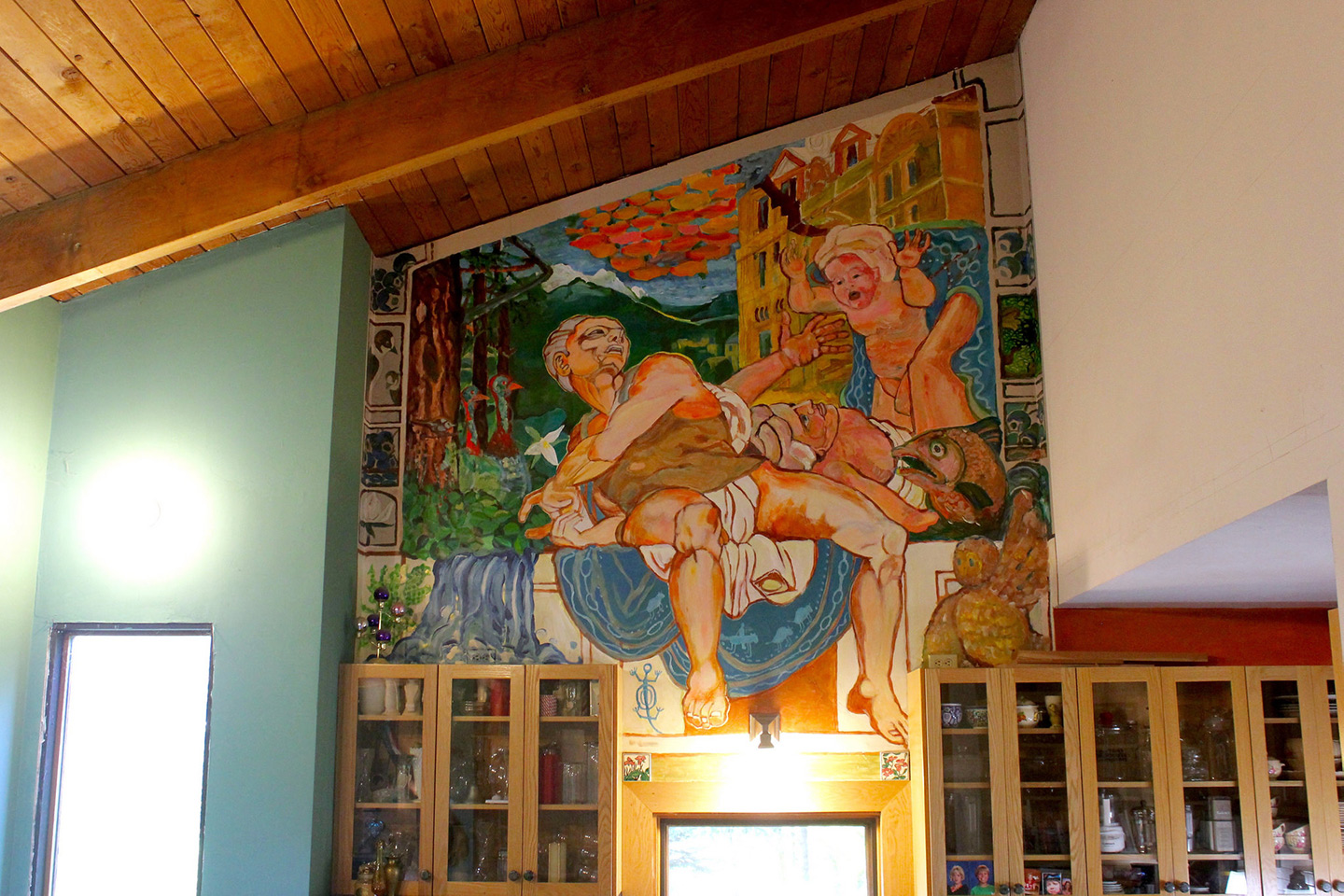
For a man who hand painted a Pacific Northwest-y version of Michelangelo’s Sistine Chapel “Story of Noah” panel in his kitchen — complete with a school of salmon representing the sun and his Salmon-Safe certification — meaning and context is everything. Whether it is chemical drift onto a farm or designing a new building, Artemio imagines that we can only avoid negative impacts — ecological, financial and social — if we value that “information [alone] is not knowledge.”

